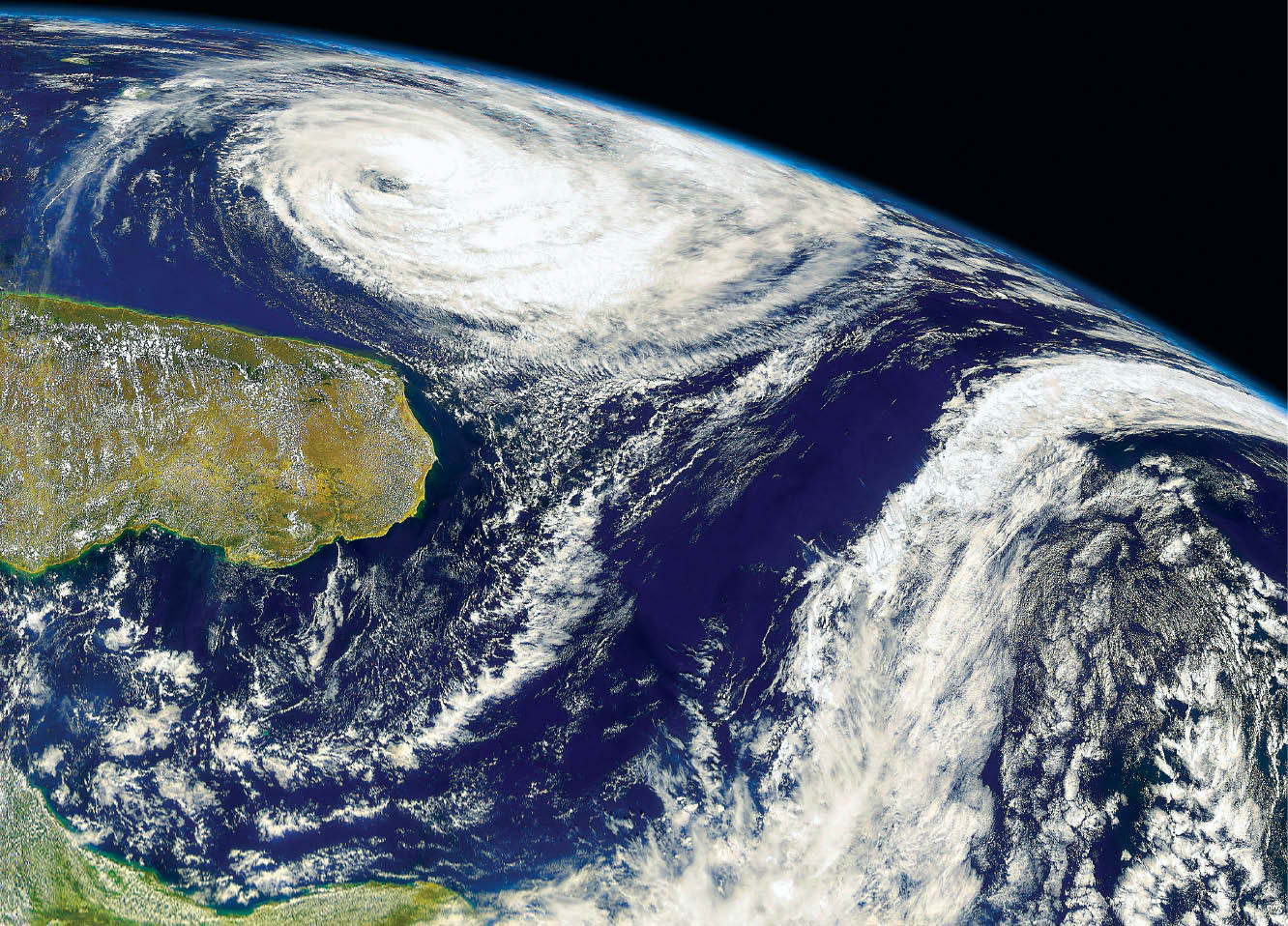A Historical Perspective of Tropical Cyclone Research



This blog emerges from a detailed discussion between Dr Sulagna Chattopadhyay, Editor in Chief, and Dr Srinivas Goli, Associate Professor in Demography at the International Institute for Population Sc...

This blog emerges from a two-part conversation investigating the evolving understanding of sustainability by tracing its roots through geological epochs, civilizational collapses, demographic surges,...

Submarines are among the most secretive and sophisticated military assets in the modern world. Designed for stealth and endurance, they offer nations unmatched control in underwater operations and det...
The monitoring, prediction and forecast of tropical cyclones (TCs) over the northern Indian Ocean (NIO) basin goes back 150 years. A historical account of the developments is presented here, along wit...
A tropical cyclone is an intense low pressure system that is classified on the basis of its wind speed. The phenomena has a definitive structure and a well-defined life cycle.
Cyclone Phailin crossed into Odisha and adjoining northern Andhra Pradesh near Gopalpur on October 12, 2013. India Meteorological Department (IMD) accurately predicted the genesis, intensity, track an...
Tropical cyclones (TC) in the northern Indian Ocean (NIO) have several prominent characteristics as compared to storms in other ocean basins of the world, especially in their genesis, structure, disas...
The monitoring, prediction and forecast of tropical cyclones (TCs) over the northern Indian Ocean (NIO) basin goes back 150 years. A historical account of the developments is presented here, along with the present status of early warning systems.

A tropical cyclone is an intense low pressure system that is classified on the basis of its wind speed. The phenomena has a definitive structure and a well-defined life cycle.

Cyclone Phailin crossed into Odisha and adjoining northern Andhra Pradesh near Gopalpur on October 12, 2013. India Meteorological Department (IMD) accurately predicted the genesis, intensity, track and point and time of landfall well in advance. As a result, the loss of human lives due to the cyclone was reduced to just 22 persons.
